DJCheester wrote:..
Have you thought about adding the option to listen to songs e.g. from your phone ?
For example mode radio/sdmp3/bt
Greetings...
ESP32-S3 does not support A2DP because BLE, so it is not possible to transmit audio this way.
Czy wolisz polską wersję strony elektroda?
Nie, dziękuję Przekieruj mnie tamDJCheester wrote:..
Have you thought about adding the option to listen to songs e.g. from your phone ?
For example mode radio/sdmp3/bt
Greetings...
robgold wrote:.Welcome,
Custom ADC: .
I managed to obtain an old Sony ST-120 tuner as a "donor" for conversion. Consequently, the need arose to add keyboard support. As a test I built a matrix resistive keyboard based on reading from ADC and I can tell you that it works very stable. If there are problems, I will switch to PCF8575. On the schematic there is a place to connect the i2c keyboard. In the INO file the keyboard is disabled. You have to disable the comment in lines 3893-3897. The schematic of the keyboard and the resistor values can be seen in the pictures.
The keyboard has a specific connection matrix resulting directly from the solution that is in this Sony. In general, old Sony tuners are very cool because they have a minimum of buttons and a large knob under which either Sony already mounted a knob/button +/- for tuning or an encoder. So the conversion is simple. If anyone wants I can provide ready-made files for conversion under the OLED 3.12 display and IR receiver. The prices of these tuners as I looked are in the range of 80-100PLN and we gain a housing and a ready-made power supply 12V, 24V. So a simple 3.3V inverter solves the problem.
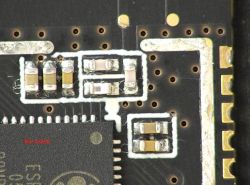 .
.
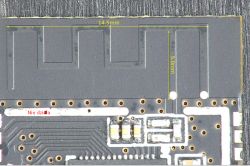 .
.
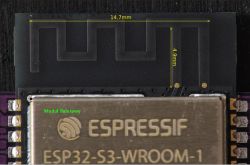 .
.
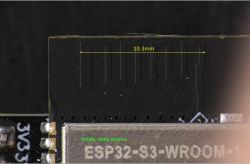 .
.
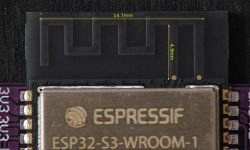 .
.
robgold wrote:.From "nature" trivia, I put three ESP modules on a digital microscope today.
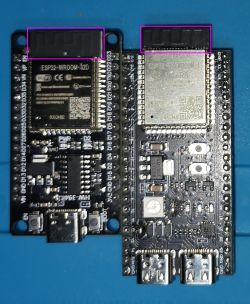 .
.
simw wrote:.I didn't have a microscope, but I have a similar case. 2 Wroom-32D modules not working properly, modules not responding, ripping streams etc.
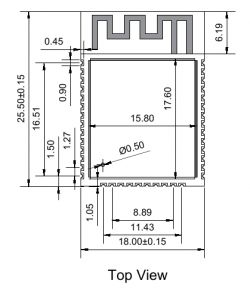 .
.
miroskop wrote:.It appears that the fakes do not have the "Espressif" logo and lettering.
 .
.
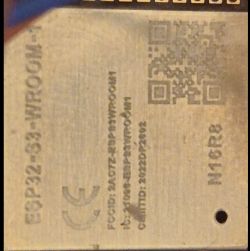
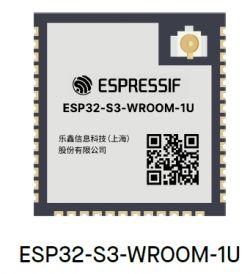 .
.
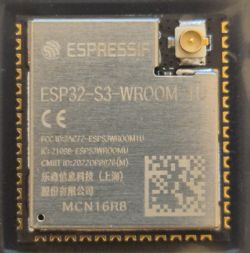
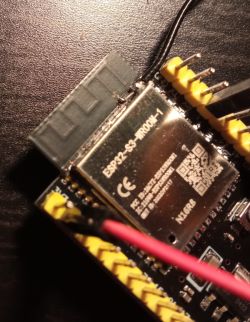
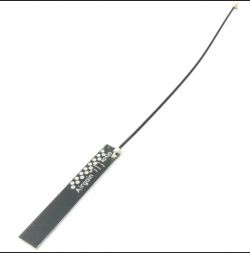
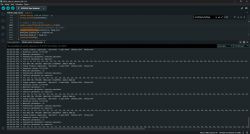 .
.
